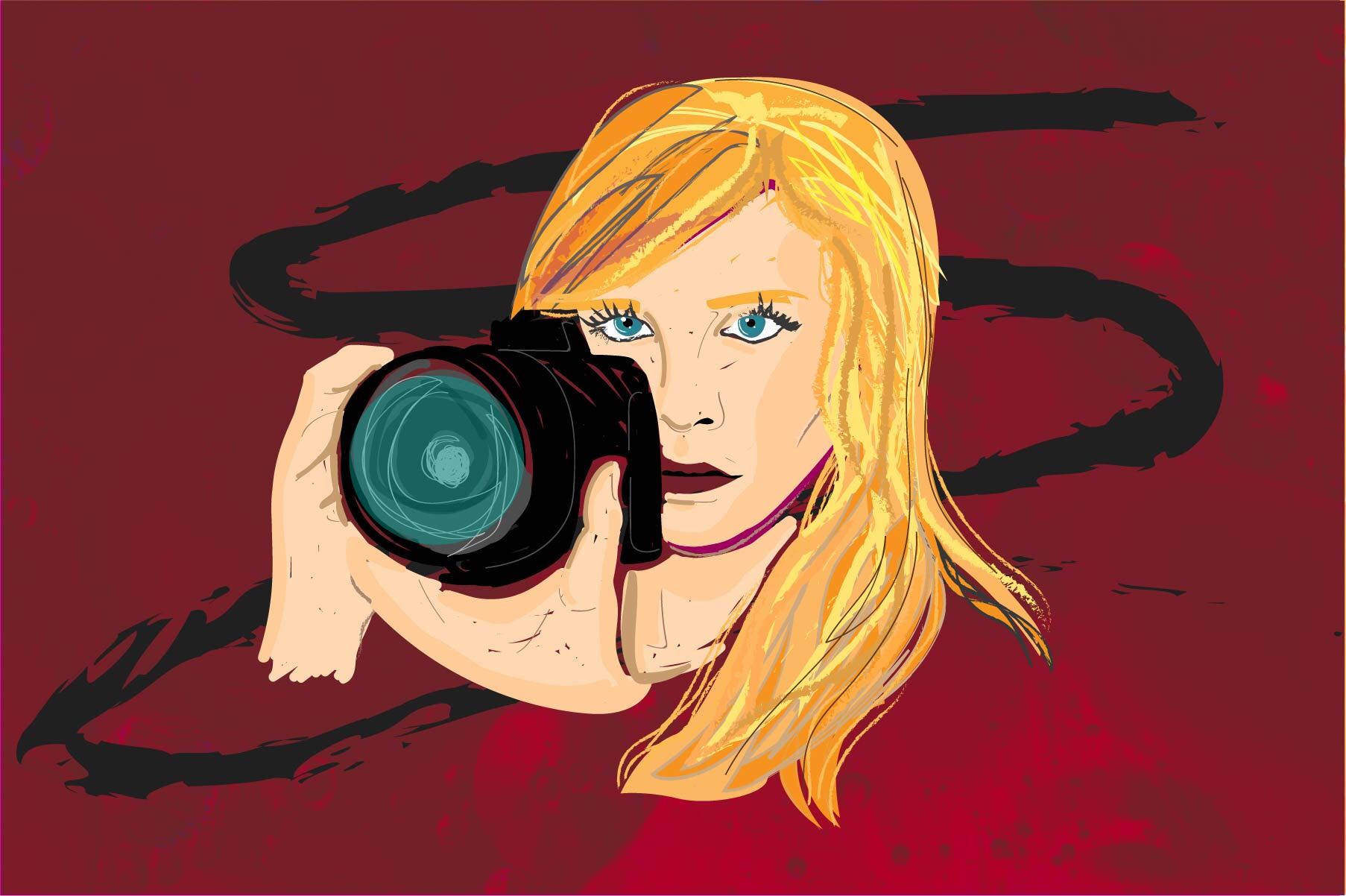“Veronica Mars” is returning with a new season produced by Hulu. What made the old seasons so compelling — and do they stand the test of time?
The original show, which aired in the early 2000s, follows the story of the titular hero during her last two years of high school and first year of college. Haunted by the murder of her best friend and her own unsolved rape, Veronica Mars tackles the everyday drama of being a teenager, while working part-time for her father, a private investigator. Clearly, the noir-esque show is not afraid to explore heavy topics; from Episode 1, viewers are thrown into the jarringly realistic, quite scary world of “Veronica Mars.”
Each season tends to follow one overarching storyline, where characters work to solve a major case, which impacts not only Veronica but several members of her community. Most episodes also integrate a smaller plot that follows Veronica as she solves a mystery for one of her classmates. Missing dogs, stolen money and the occasional case of extortion provide the backdrop for character establishment and growth in “Veronica Mars.”
What truly sets the show apart from others is its strong female lead. Veronica is a fast-speaking, intelligent and confident woman who holds her own when confronting anything from a pop quiz to gang members. As a female college student myself, I found the show’s demonstration of female empowerment refreshing and validating.
The show certainly doesn’t shy away from controversy, tackling some pretty pertinent social issues. For instance, seasons that explore rape cases preach messages of believing victims and holding men accountable. Preceding the #MeToo era by nearly a decade, “Veronica Mars” predicted the public outcry and fronted the voice and experiences of women.
The show’s three seasons aired from 2004 – 2007, moving from the original network UPN to The CW for its third and final season. Throughout its short run, “Veronica Mars” garnered enough fans to make a Kickstarter movie revival. The 2014 fan-backed film broke numerous funding records, becoming the fastest Kickstarter to reach $1 million then $2 million and, at the time, Kickstarter’s highest-funded film. While problems with digital delivery of the movie prompted fans to ask for refunds, the outpouring of monetary support demonstrated that the “Veronica Mars” fan base was still going strong.
With the rise of streaming television services, the next logical step was to bring “Veronica Mars” back to the TV screen. To that end, Hulu has purchased an eight-episode limited series scheduled for release sometime in 2019.
Most of the previous cast will appear in the show’s revival, including Kristen Bell as Veronica, as well as fan-favorites Jason Dohring, Enrico Colantoni, Percy Daggs III and Francis Capra. New characters will also populate the town, portrayed by notable actors like Patton Oswalt, J.K. Simmons and Kirby Howell-Baptiste. In addition to new characters, the producers admit that Veronica’s universe will change drastically. It’s going to be a larger, grittier adult world, leaving the college days behind.
While I’m excited for the revival series, it makes me reconsider whether the original show lived up to the hype. Here are five things that, in my opinion, the original show got wrong.
Women Rely on Men
Despite the strong female lead, “Veronica Mars” falls victim to a number of old clichés. Veronica is often rescued from dire circumstances by the timely arrival of a man, usually a boyfriend or her father. In my opinion, her sharp wit and quick tongue are no match for the emotional tug of having a male counterpart swoop in to save the day.
This man-saves-woman construct occurs in the epic, end-of-season battle, when Veronica is cornered by a suspected murderer and her dad appears, deus-ex-machina style, to defeat the bad guy and save his daughter. It’s a tearjerker, sure, and helps to underline the lovely father-daughter relationship that they have, but it undermines Veronica’s agency, in a show that purports to highlight that value.
The damsel-in-distress bit plays out in smaller actions throughout the series as well. The town’s unfriendly sheriff lets Veronica go after she’s caught trespassing, demonstrating that he clearly holds all the power. When Veronica, trying to keep her new relationship secret, is barged in on by friends, her boyfriend’s dad has to rescue her and drive her home. It’s these little, innocuous actions throughout the series that showcase the belief that women must always be saved by men.
There may have been an attempt to shoehorn in a decent message here: no one is an island, and relying on friends and family to help in dangerous situations can literally save your life. But often the men in Veronica’s life make the decision to help without being asked or consulted.
For example, at the end of the final season, when Veronica’s attempted-rapist is jailed, her ex-boyfriend purposely tries to get himself arrested. Once arrested, he’ll be in the same holding cell as Veronica’s assailant, and therefore, will be able to beat him up. But she never asked for this — never asked him to break the law or get thrown in jail to take additional revenge — jail was where this villain belonged, and Veronica was content with that.
Women Need a Man’s Love
There are other problematic elements of gender politics in “Veronica Mars,” that go beyond the male hero trope. A large part of the plot revolves around Veronica’s boyfriend, a role that rotates periodically between affluent white men. A significant number of conversations between her and her friends, as well as a substantial part of the narration, is devoted to discussing her love life.
This focus serves as a reminder of the heteronormativity of the show, which was perhaps a product of its times but is certainly out of place now. More importantly, it means that substantial parts of the series do not pass the Bechdel test, a test to determine gender equality in film.
Additionally, very few of the stable, recurring characters in the show are women. Veronica has surrounded herself with mostly men: male friends, male lovers, male faculty advisors, male adversaries, the male dean of her college and, lastly, her father. For a show that did so much to emphasize the independence of its female lead, the cast of supporting characters and their clichéd love-triangle relationships are a letdown.
Feminists Aren’t Helpful
While the show does a fairly good job of handling the difficult topic of rape, by the third season it starts to muddy the waters. A group of campus feminists antagonizes Veronica during this season, blaming her for the continuation of fraternities and acceptance of rape culture on campus.
The on-screen depiction of feminists as militant but unhelpful sends a counteractive message. Additionally, we see depictions of false rape-accusations, mirroring some the least substantiated and most insidious counterclaims against the #MeToo movement.
Mental Health Isn’t a Big Deal
Problematic elements of “Veronica Mars” are not limited to its depiction of gender and gender relations; the show also has a tenuous history with mental health.
Though predominantly limited to the first season, guidance counselors and therapists are portrayed as unhelpful and problematic, and characters who have gone through traumatic experiences go cold turkey on their medications. This further contributes to the stigmatization of seeking help, and is therefore damaging to audiences.
Money, Money, Money
“Veronica Mars” also attempts to tackle problems of income disparity, especially in regards to students. Though supposedly poor herself, after the fall-out from her best friend’s murder trial, Veronica spends her time at the penthouse suites and mansions of her romantic interests. Money isn’t everything, the show teaches, but it sure is good.
Despite these many issues, “Veronica Mars” still established itself as a must-watch show. Although it had issues with how to handle a strong, female lead, it hit some of the right notes, which inspired the next generation of female viewers. The new season, coming later this year, has a chance to make all the things that the original “Veronica Mars” did wrong, and make them right.
















